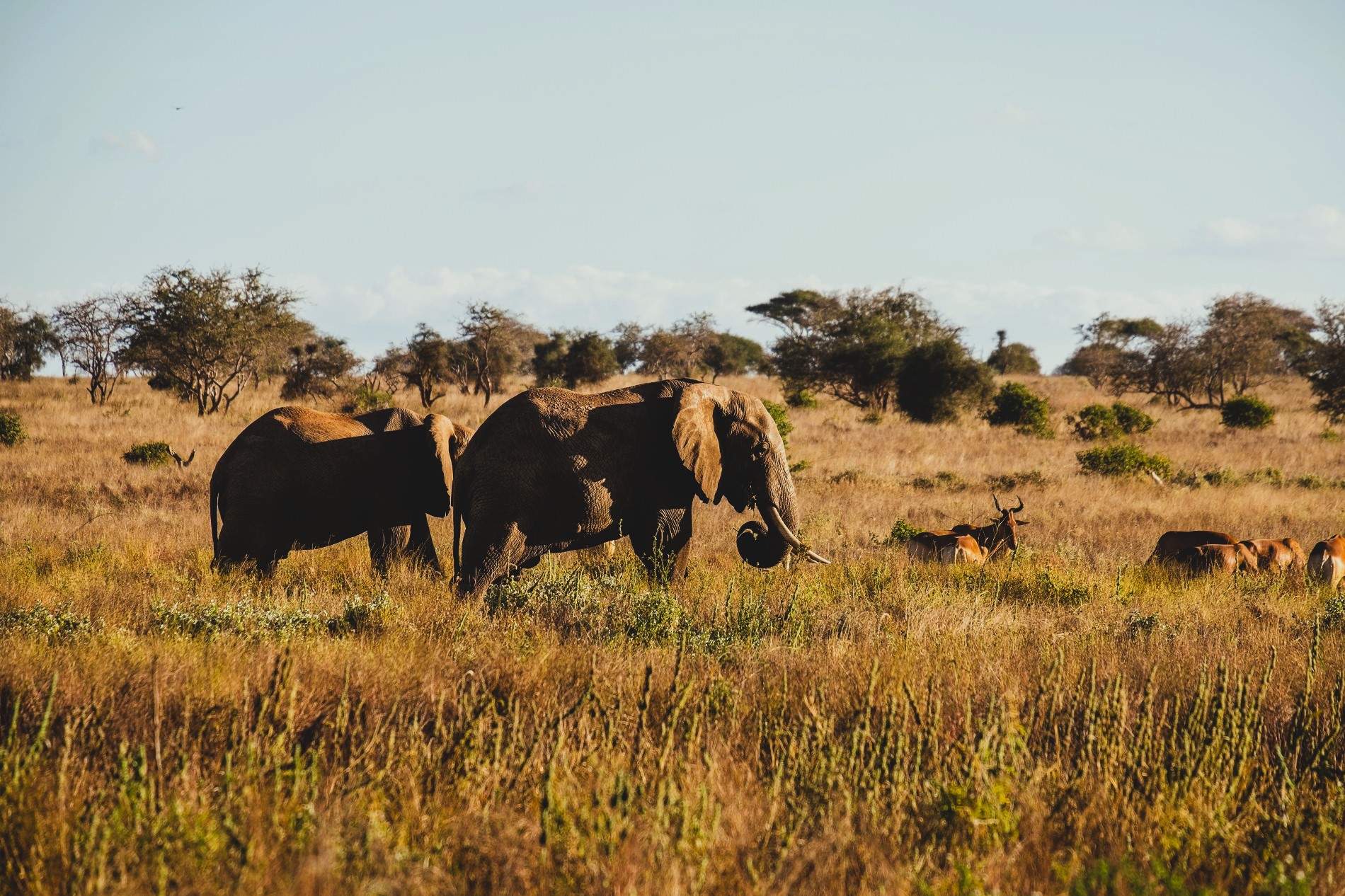Subscribe
Get news and offers from us by subscribe
+255772446975
info@kikusyasafaris.com

Wildlife tours offer a unique opportunity to observe animals in their natural habitats and learn about the various ecosystems around the world. These tours can range from safari adventures in Africa to bird-watching expeditions in South America, and each provides a different way to connect with nature and its inhabitants. Here’s how to plan a wildlife tour, including different types of tours and tips for ensuring a respectful and enriching experience.
Safari Tours
Jungle and Rainforest Tours
Polar Expeditions
Marine Wildlife Tours
Bird-Watching Tours
Conservation-Focused Tours
Photography Wildlife Tours
Ethical Practices: Ensure the tour operator practices and promotes ethical wildlife viewing, which includes maintaining a safe distance, not feeding or disturbing the animals, and using local guides.
Sustainability: Look for tours that emphasize sustainability, benefit conservation efforts, and support local communities.
Timing and Seasonality: Research the best times to visit for maximum wildlife activity and viewing opportunities, keeping in mind that many animals are more active during the cooler parts of the day.
Safety Guidelines: Always adhere to safety instructions provided by guides, as wildlife environments can be unpredictable.
Small Group Sizes: Smaller groups generally have less impact on the environment and wildlife and offer a more personal and less crowded viewing experience.
Use Appropriate Gear: Bring binoculars, a good quality camera with a zoom lens, and plenty of memory cards or film.
Dress Appropriately: Wear neutral-colored clothing to blend into the environment and be prepared for all weather conditions.
Stay Quiet and Patient: Animals are often shy and sensitive to noise. Being quiet and patient can lead to more sightings and interactions.
Respect the Wildlife: Always follow guidelines regarding interaction with wildlife; feeding or touching wildlife can have negative effects on their natural behaviors.
Learn from Guides: Take advantage of the knowledge that local guides have to offer, as they can provide in-depth information about the species you encounter and their habitats.
Wildlife tours are not just about seeing animals; they’re about gaining an appreciation for the world's natural ecosystems and understanding the importance of preserving them. These experiences can be profoundly moving, highlighting the beauty and complexity of life on Earth.